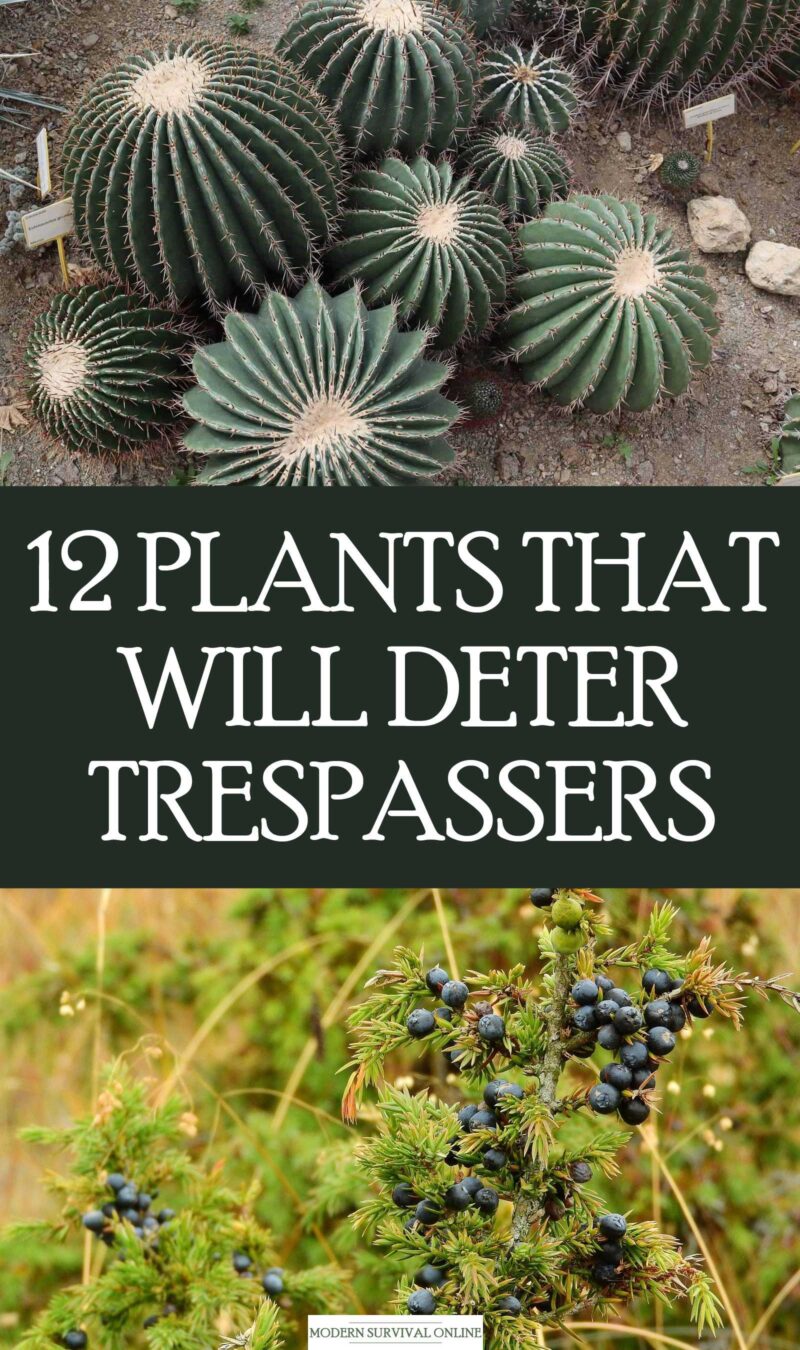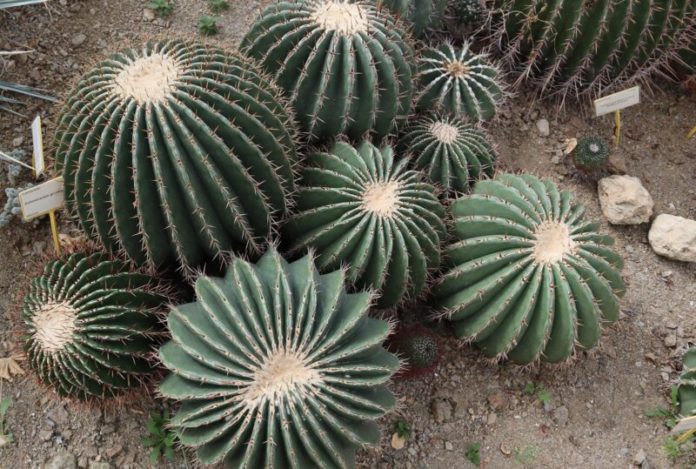Keeping trespassers off your property and intruders out of your home is always to your benefit, but traditional barriers like fences, gates and bars are eyesores and can be expensive.

It is possible to set up meaningful deterrents to trespassers with various species of unique, thorny plants. This article will tell you about several.
The Importance of Controlling your Perimeter
For a long time, mankind has used barriers to keep out strangers and foes in both peace and conflict. The further you can keep someone intent on harming or stealing your belongings, the better.
In situations where interlopers have a material objective, like stealing anything not bolted down, barriers to entry will improve the odds that such smash-and-grab robbers skip your home for greener pastures.
Barriers that are well-designed work to the advantage of the defender by slowing or stopping attackers’ movement and allowing defenders more time to execute their strategies when legitimate attackers are committed to seizing a location or looting its contents.
Some barriers are built in such a manner that they funnel enemies into a closely guarded area or certain route of approach, making them either unable to withstand the defenders’ counterattack or vulnerable to other active defensive measures.
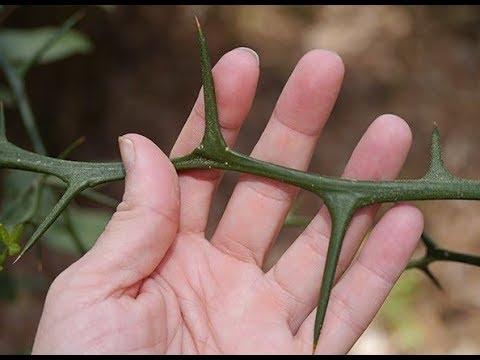
We have all seen the blundering footmen who, in legendary epics, struggled to advance across a field of obstacles in order to attack a castle are familiar to us all.
While some of this material is fictionalized and not entirely accurate, the concepts of defensive barriers are apparent.
The high walls, ditches, and thick hedges of a castle make it difficult to gain entry. No wonder starving the defenders out was the best approach!
But chances are we do not have the time, resources or manpower to install proper fortifications like the ones of old.
Even if we did, do you really want to live in a castle, and would your homeowners association or neighbors let you get away with it?
Probably not! But we still have great options for defensive barriers in the form of natural, living plants.
Can Plants Really Work as Security Obstacles?
Without a doubt, yes!
Sometimes beautiful but always a problem to cross or bypass, certain spiny-studded species of plants can prove to be as impenetrable and as perilous as double coil razor wire.
In fact, in some cases, plants can be even more forbidding than traditional security barriers!
Anyone who has ever had a nasty run-in with a truly nasty tangle of thorny or spiny branches will affirm!
A well-placed row of thick cacti or a tall clump of brambles is often all that is needed to dissuade an intruder from attempting to cross your property line.
Every area has a climate that will support some types of plant life suitable for the purpose of deterring trespassers.
All we need to do then is figure out which plants will work in our environment, and how they will fulfill our specific purposes, whether we need control and privacy at the perimeter of our property, or near perimeter defense immediately outside potential entrances to our home.
As you might imagine, this is both easier and more difficult than utilizing traditional barricades and other defensive measures, but with the right knowledge and a little bit of prepper ingenuity you’ll find this process will be easy enough and rewarding!
Considerations for Selecting and Cultivating Defensive Plants
There are a few things you should consider when selecting plants for security purposes:
The plant’s size at maturity. Will it be large enough to deter people Will it will a space near a door or window adequately? Does it grow large and broad enough to fit a shape requirement, as a hedge or fence?
The plant’s growth rate. How quickly will it reach its full size? How soon will it offer any meaningful defensive capability?
Can you save time by planting seeds or purchasing immature plants, or will you need to spend big to get a useful plant?
The thorns, spines or prickles on the plant. How sharp and painful are they? Will they snag clothing and scratch skin, or inflict genuine lacerations and puncture wounds on people who blunder into them?
The plant’s density. How thick will the foliage be? Can it provide visual obstruction on the other side? How difficult will it be to prune and shape?
The color and shape of the plant. Will it blend in with its surroundings, or be easily seen among other vegetation? If aesthetics are a major consideration for your property, is it attractive?
Cost. Just as with any other purchase, there is always a cost associated with adding plants for security purposes. You will need to factor in the price of plants, irrigation (if necessary), and maintenance costs.
Compatibility. Make sure the plants you select will grow well in your climate and soil type. Some plants are more fussy than others, and may not do well in conditions that are too hot, dry, shady or windy.
The best way to find out what plants work well for security purposes is to ask other like-minded preppers in your area. Chances are good someone has already tackled this problem and can offer some valuable advice!
These are the major considerations for determining which plants are best for our needs. Now, before you go out and buy that barbed wire fence or install those spikes on the top of your wall, take a look at the following plant species.
12 Plants that Will Deter Trespassers
Let’s take a look at a few specific plants that might be useful as defensive barriers. The following plants are perfect for keeping unwanted people away from your property:
Cactus
Hardy desert succulents with sharp thorns make ideal barriers against both people and animals; they’re drought tolerant so don’t require much water.
Usually slow growing, but there are many varieties that can suit any ornamental or defensive application.
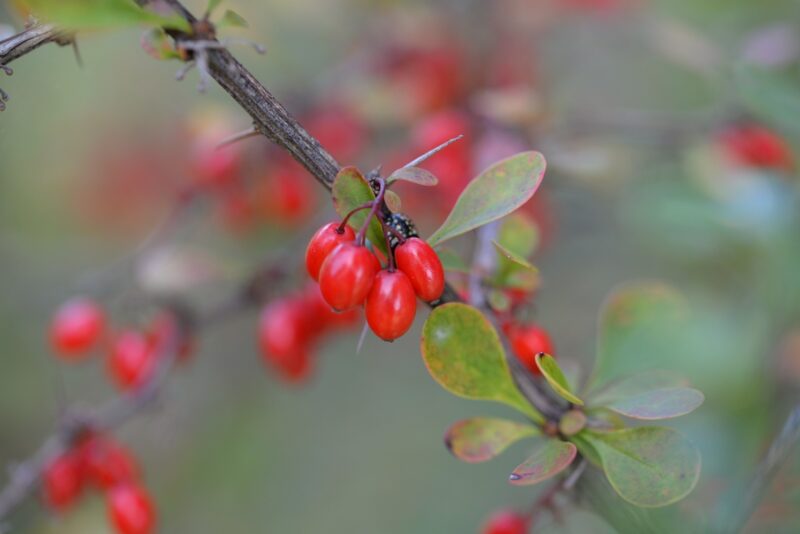
Barberry
This plant has sharp thorns along its stems and branches that can inflict serious wounds; it also has a dense growth habit, making it difficult to penetrate.

Bougainvillea
This ornamental vine is covered in sharp thorns and grows quickly, covering any structure with its thorny vines, used to support itself as it climbs.
Beautiful when mature, another great ornamental choice that packs a wallop. Somewhat more delicate than others on this list.
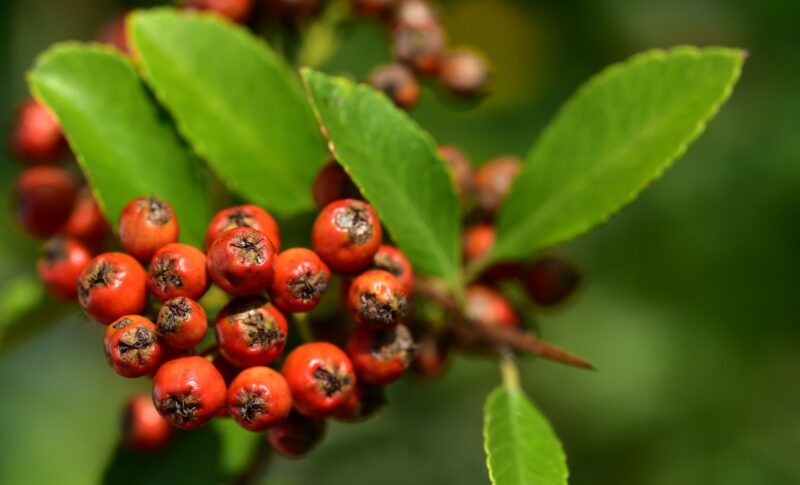
Pyracantha (Firethorn)
Another thorny shrub that produces reddish orange berries which are quite poisonous. More importantly for us it sports spines that can grow to longer than four inches. Quite durable and difficult to cut or break, this plant can easily grow taller and wider than man height.
Roses
Roses come in many different varieties, but all have thorns. They can be planted as bushes or hedges along the edge of your property to deter trespassers.

Some species are incredibly hazardous. One of the most decorative plants on this list, they need considerable care to flourish.
Hawthorn
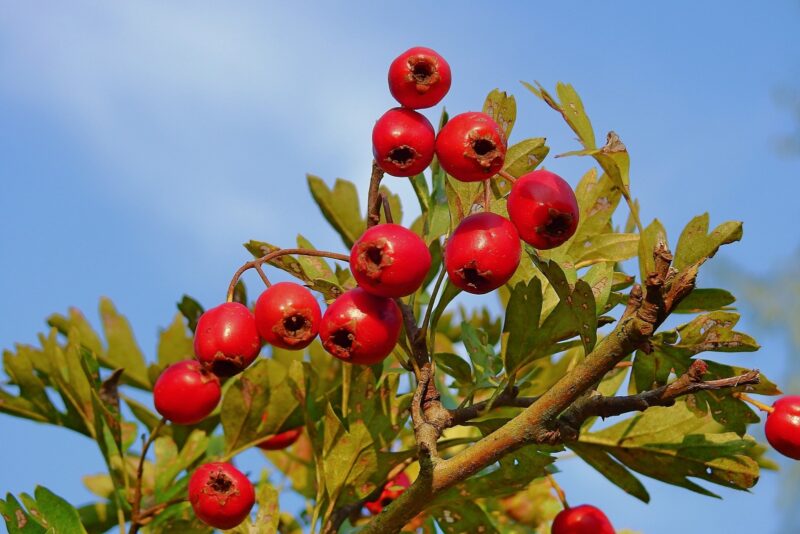
Hawthorn is a small tree that grows thorny branches. It can be used to create a natural fence around your property and also acts as an effective deterrent to birds and other animals.
Junipers
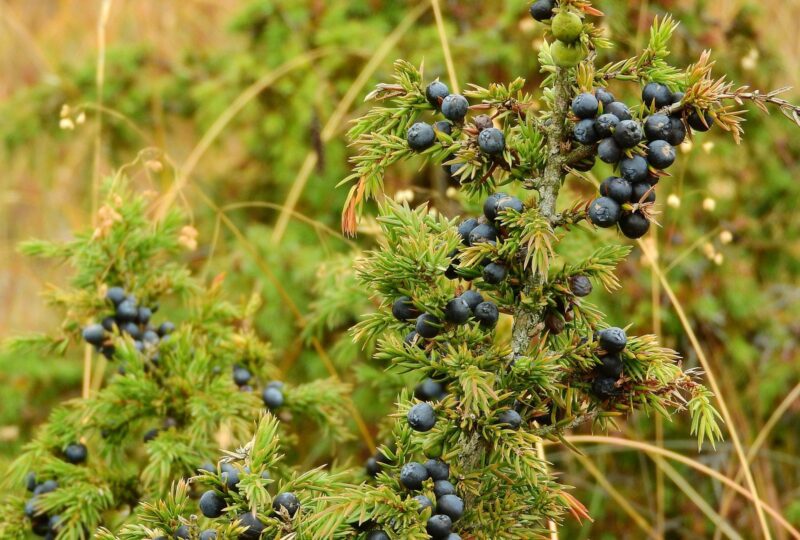
These evergreen shrubs are covered in sharp needles that can puncture skin and clothing. Junipers grow all over the world in many climates, so there is certain to be a species that will work for your needs.
Crown of Thorns
This is a tropical plant that has an extraordinarily dense spiral of very sharp thorns on every surface, and even packs irritating sap waiting to punish any interloper.
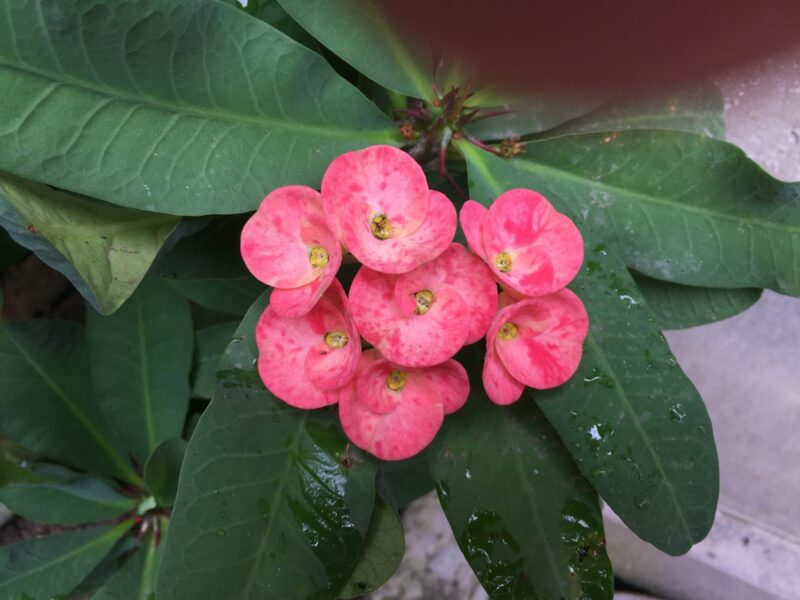
It can be used as a hedge or barrier but will require support to grow tall.
There is virtually no way to handle this plant safely! Thrives in hot, sunny climates, and sprouts red flowers when blooming.
Brambles
Brambles are a group of thorny shrubs that include blackberries and raspberries. These grow fast, wide and reasonably tall at around five feet high.
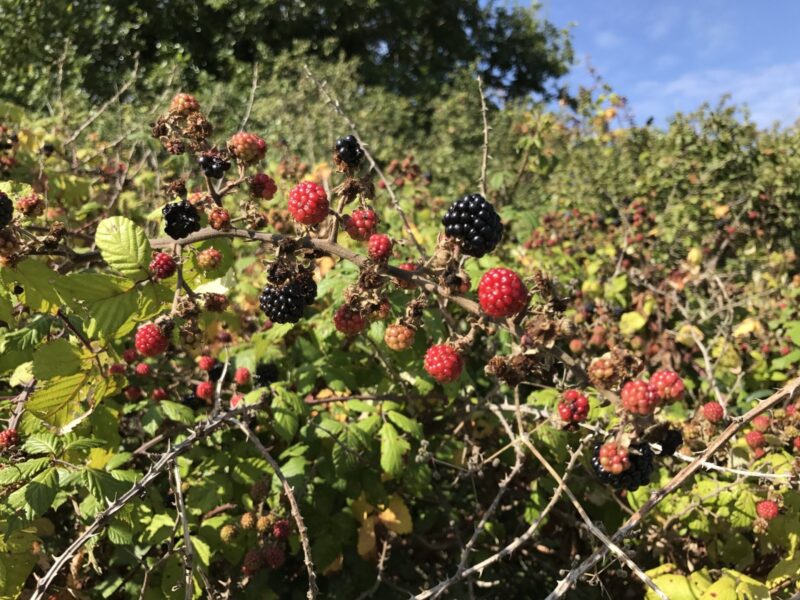
You’ll also get delicious berries for your trouble, but they can be a bear to prune.
Holly

An evergreen shrub with sharp, spiny leaves and red berries that are poisonous. Usually noisy when disturbed, this is one of the less aggressive plants on this list.
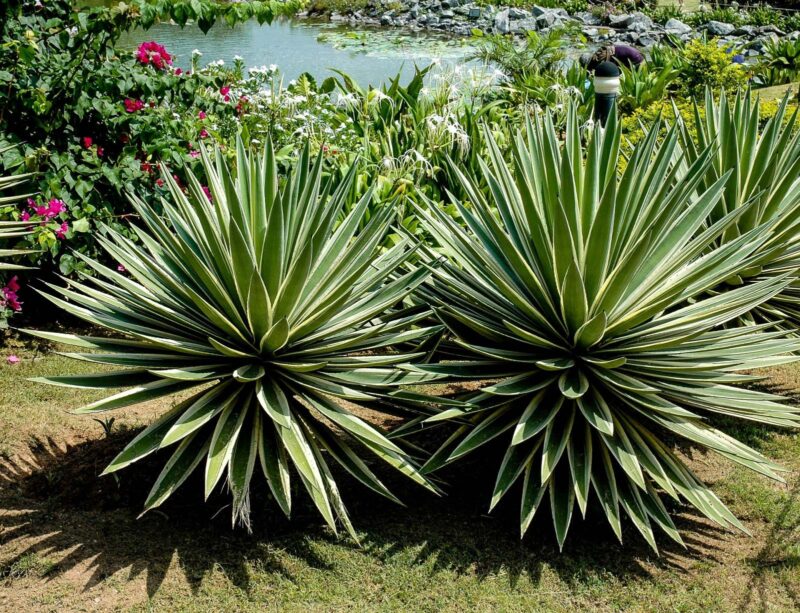
Agave
Agave is a succulent with sharp, dagger-like leaves. It can be used as a hedge or border plant to keep people and animals away. Thorns are so strong they are famously used as sewing needles in some cultures!
Porcupine Tomato
This is a plant with sharp, dense, needle-like spines that can pierce through clothing and skin. It’s not the most attractive plant, but it will keep people away!
Most species feature attractive, candy-like berries that contain a potent alkaloid toxin. Keep children and pets away!
So there you have it! A variety of plants to choose from that will surely keep unwanted trespassers away from your property.
With just a little bit of planning you’ll be sure to come up with an option or two that will work well on your property.
Start Planting Today
Now you know how to select and cultivate plants that will act as effective deterrents against trespassers.
Remember, the key is to choose plants that are compatible with your climate and soil type, and take into account the size, density and “aggression” of the plant when making your selection. Happy planting!
